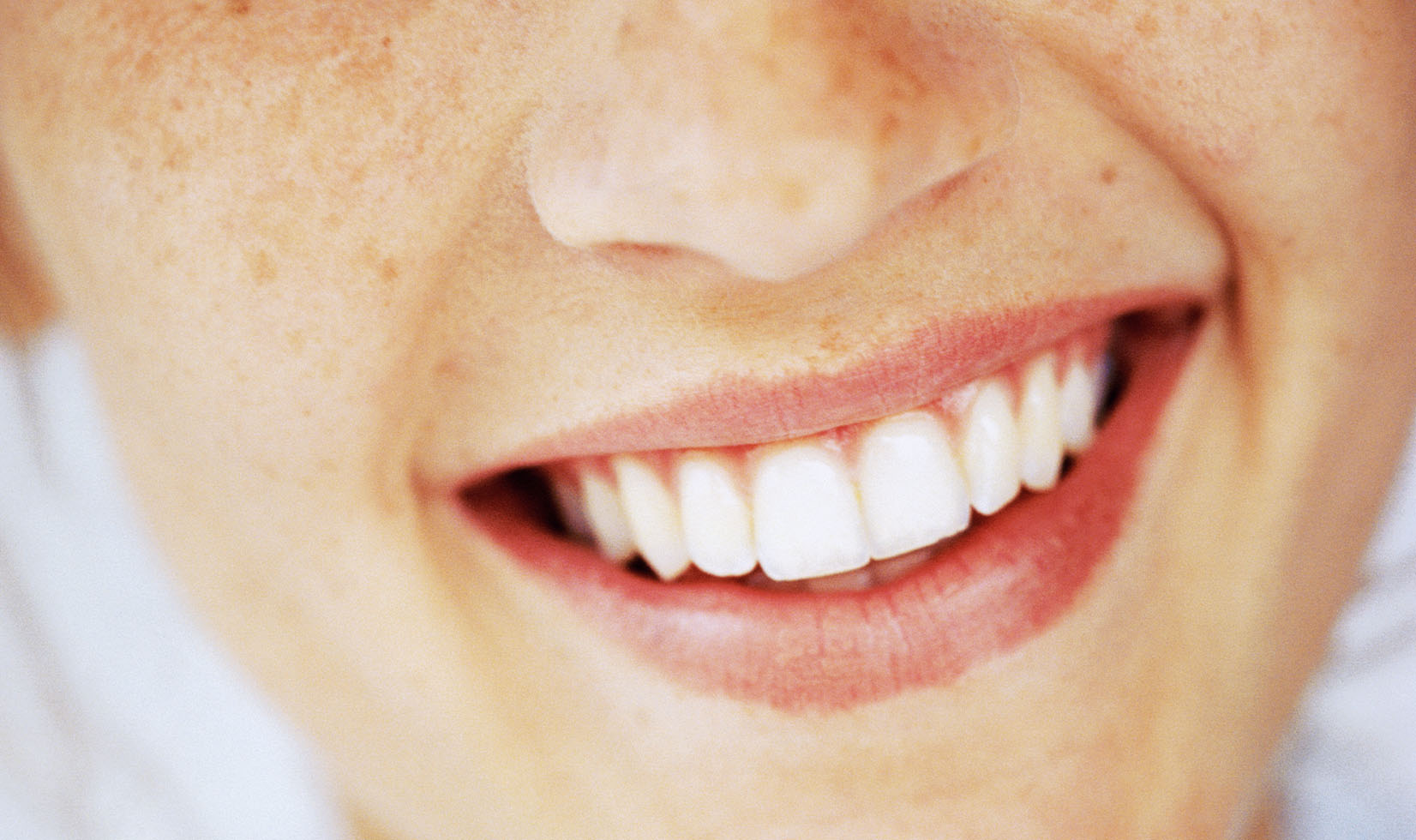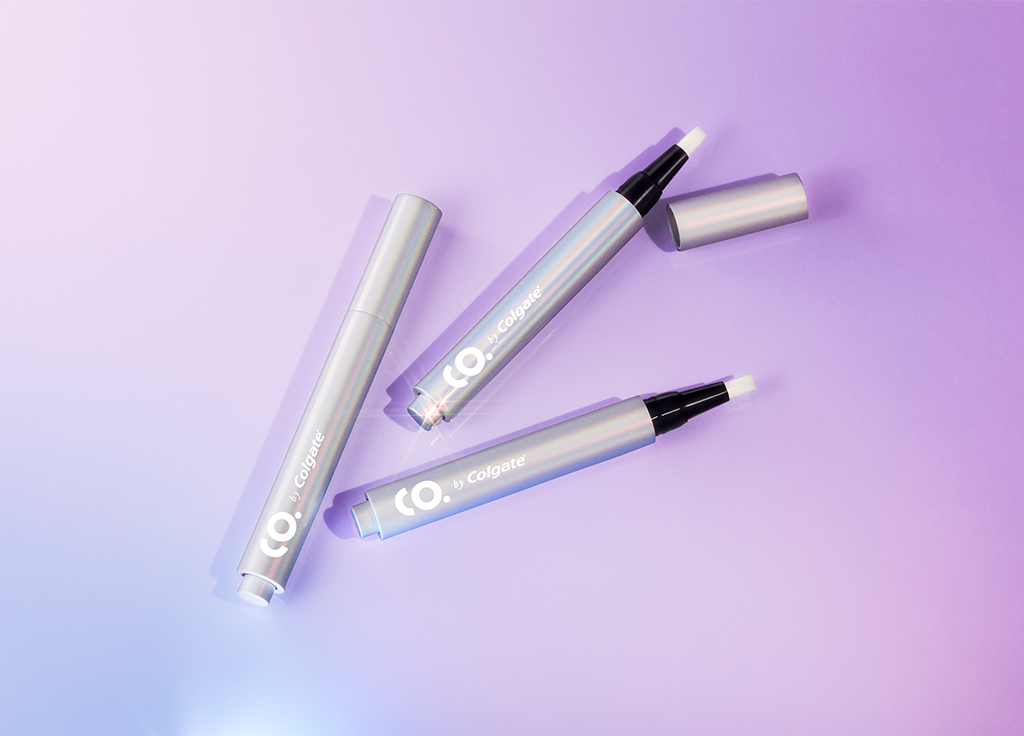We know there are a few ways to treat TMJ: splints and nightly mouth guards, regular Botox injections to relax the muscles, and nerve pain medications. Those treatments are simply “Band-Aids” to address the symptoms, says New York cosmetic dentist Steven Roth, DMD of SmilesNY. If you really want to fix your TMJ for good, he says, a newer therapy called DTR, or Disclusion Time Reduction, can help calm strained jaw muscles and fix misaligned bites for good. Here, he shares all the details behind this approach and the benefits his patients have seen from finally addressing their constant pain at the source.
What is Disclusion Time Reduction (DTR) Therapy?
“DTR stands for Disclusion Time Reduction. The simple explanation is we can digitally adjust patients’ bites to solve 85 to 90 percent of their TMJ problems. Even for patients who don’t have TMJ, we use this technique to help restore their mouths, whether it’s cosmetic or reconstructive, to make sure that the bite is 100 percent where it’s supposed to be.
The reason it’s so significant is digital instrumentation is taking the place of traditional bite paper. If you’ve ever had a filling done where you analyze the bite on a piece of paper, that’s very inaccurate. Dentists are taught to put in a filling and adjust it so it’s not even in the bite anymore and you use the paper to figure that out. However, the paper cannot measure the amount of force that’s behind that bite. The teeth are touching unevenly, which creates muscle spasms; muscle spasms turn into jaw pain and headaches. By using this DTR technique, we’re able to eliminate about 90 percent of that chronic pain.”
What is the technology behind this therapy?
“When we see a patient for a DTR, we use two major pieces of equipment. One is called a T-scan, which looks like a little bite plate attached to a probe with a disposable sensor. When the patient bites down on it, it measures the force on every tooth. The other technology is called a BioEMG, and it measures muscle activity. The way this process works is we utilize that T-scan to enable us to measure the bite and watch the muscle activity shut down. Most bites, sore joints and headaches come from a buildup of lactic acid in the muscles. What most patients are unaware of is the fact that teeth have a direct neurological input to the brain. So, the effect of that is that the whole system is extremely sensitive to change, so if the bite is not correct, most patients will have TMJ issues.”
What are some of the benefits your patients have noted?
“A lot of TMJ patients will see psychiatrists, pain management specialists, all kinds of different types of specialists who never really solve the problem, so they don’t need to do that anymore. One of the biggest advantages that I can see is most patients who are treated with this don’t ever need to wear a bite appliance again. There are many patients that are married to their nightguards, the right appliances, and they cost a lot of money. But the reality is that by permanently changing the bite the right way, you eliminate the need for that pipeline. This is essentially fast-forwarding what your night guard is doing as far as moving your teeth and readjusting your bite.”
What is the treatment time associated with DTR Therapy?
“The reality is most of the work is done on the first visit, which takes about 45 minutes to an hour. Typically, we have a patient come back seven days later and do a touch-up treatment that takes less than a half an hour. Most of the shifting of the teeth and the downgrade of pain takes place in the first three to four days. Then, if a patient is local, we get them to come back a month later so we can check everything again because teeth will shift slightly, and it can be refined.
We also have a lot of patients that come in from out of town, sometimes out of the country, and it’s not practical for them to stick around for a month so we’ll see them quicker than seven days. The preference is having the first visit and our second visit seven days later for about a half hour, and then one month later for a follow up. It’s not a major undertaking considering the overall benefits it will have for your quality of life.”

















